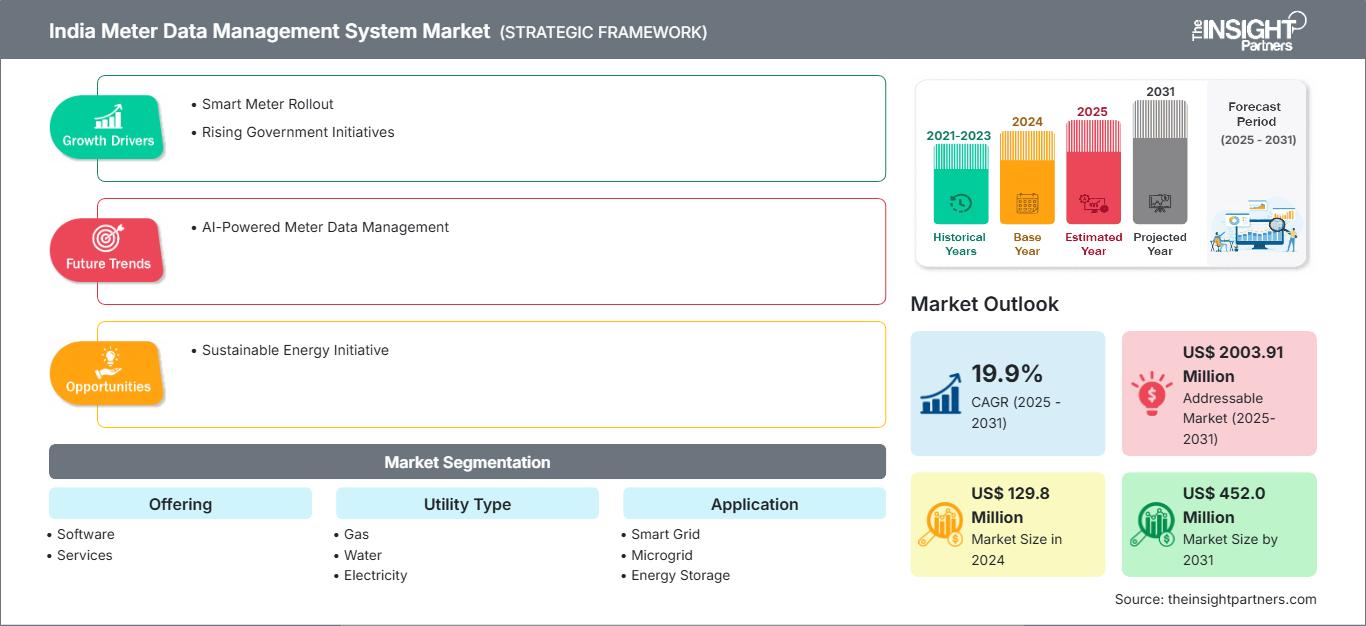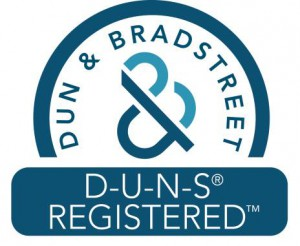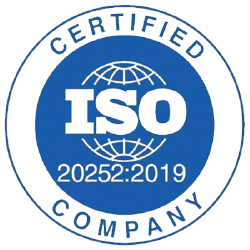印度电表数据管理系统市场规模预计将从 2024 年的 1.298 亿美元增至 2031 年的 4.52 亿美元。预计 2025-2031 年期间该市场的复合年增长率将达到 19.9%。
印度电表数据管理系统市场分析
印度电表数据管理系统市场有望在未来几年大幅扩张。随着政府的强力举措和智能电表的强制推广,对强大的电表数据管理平台的需求(尤其是提供云、人工智能、物联网和多公用事业集成功能的平台)将持续增长。尽管成本、互操作性和容量问题持续制约着印度,但随着其向数字化、高效的电力生态系统迈进,印度仍为全球和本地软件、服务和系统集成供应商提供了持续的机遇。印度向智能电表的转型代表着其配电行业现代化进程中的关键性进步。
在政府的积极支持和结构化的融资机制下,这些举措有望提高运营效率,减少损失,并改善消费者体验。电表数据管理系统的日益普及,构成了这一转型的基石。电表数据管理系统是捕获、验证和管理智能电表海量数据的数字主干。
印度电表数据管理系统市场概况
印度电表数据管理系统 (EDR) 是一种网络安全解决方案,旨在监控、检测电表数据管理系统对于电力、天然气、水和热能行业的公用事业供应商至关重要。这些系统能够从客户处收集、验证和管理电表使用数据。从这些数据中获取的信息支持广泛的功能,包括计费、客户服务、消耗预测、运营监控(例如停电检测和损失分析)和财务报告。除公用事业公司外,能源服务公司还采用电表数据管理系统解决方案进行审计和能源效率计划;能源管理公司采用电表数据管理系统解决方案进行使用情况报告和分析;独立和本地能源供应商采用电表数据管理系统解决方案进行生产规划和工程设计;商业和工业企业采用电表数据管理系统解决方案进行内部会计和财务管理。市政当局和政府机构也依靠这些系统来支持公共基础设施计划并确保合规性。
您可以免费定制任何报告,包括本报告的部分内容、国家级分析、Excel 数据包,以及为初创企业和大学提供优惠和折扣
印度电表数据管理系统市场:战略洞察

- 获取此报告的顶级关键市场趋势。此免费样品将包括数据分析,从市场趋势到估计和预测。
印度电表数据管理系统市场驱动因素和机遇
市场驱动因素:
智能电表推出:
印度正通过全球最雄心勃勃的智能电表推广计划之一,迅速推进其能源行业发展,引领数字化公用事业转型。据 Avener Capital 的报告,印度政府计划安装 2.5 亿台智能电表,此举预计将释放 200 亿美元的市场机遇。政府举措不断涌现:
推动印度电表数据管理系统市场增长的主要驱动力之一是政府日益重视通过雄心勃勃的政策举措和有针对性的投资来实现配电行业的现代化。2022年7月,印度总理启动了电力部旗舰项目——“配电行业改革计划”(RDSS),旨在提高配电公司(DISCOM)的运营效率和财务可持续性。
市场机会:
可持续能源倡议:
近年来,印度在加强能源部门方面取得了显著进展,有效地平衡了满足快速增长的电力需求和推进可持续发展目标这两个关键目标。印度是世界上增长最快的经济体之一,处于全球能源转型的前沿,预计其能源消费增长速度在大型经济体中最高。2025年2月,国际能源署(IEA)预测,2026年至2029年期间,新兴和发展中经济体将占全球电力需求增长的85%,而印度在这一动态格局中将发挥核心作用。预计到2035年,印度在全球一次能源消费中的份额将翻一番,凸显其在全球能源舞台上日益增强的影响力。
印度电表数据管理系统市场报告细分分析
印度计量数据管理系统市场细分为不同的细分领域,以便更清晰地了解其运作方式、增长潜力和最新趋势。以下是大多数行业报告中使用的标准细分方法:
通过提供:
软件:
电表数据管理系统的软件组件是智能公用事业收集、存储、处理和分析智能电表产生的大量数据的技术核心。服务:
与电表数据管理系统相关的服务涵盖确保其成功部署和生命周期管理所需的各种产品。这些服务包括部署前的活动,例如需求分析、咨询和架构设计,以及随后的系统集成、测试和部署。
按实用程序类型:
电:
电力公司在电表数据管理系统市场占据主导地位,主要是因为智能电表的大规模推广水:
随着公用事业公司寻求实现其老化基础设施的现代化,并解决水资源短缺、泄漏和非收入水(NRW)等紧迫挑战,计量表数据管理系统的供水部门正在经历增长。气体:
在燃气公用事业中,仪表数据管理系统有助于保障安全、计费准确性和合规性。智能燃气表提供消耗量、流量和压力水平数据,这些数据对于系统完整性和高效运行至关重要。
按应用:
智能电网:
智能电网应用领域是电表数据管理系统的主要和最成熟的用例。微电网:
微电网是独立运行或与主公用电网协同运行的本地化电网。储能:
电表数据管理系统有助于精确跟踪电池充电/放电周期、能量吞吐量、健康状态 (SoH) 和电网信号集成。电动汽车充电:
电动汽车(EV)充电给电网运营商带来了新的挑战和机遇。其他的:
仪表数据管理系统的其他应用正在建筑能源管理、区域供热、点对点能源交易和能源效率计划等领域涌现。
按最终用户行业:
- 住宅
- 商业
- 工业的
每个行业都有特定的仪表数据管理系统要求,这会影响数据管理和分析。
印度电表数据管理系统市场区域洞察
Insight Partners 的分析师已详尽阐述了预测期内影响印度计量数据管理系统市场的区域趋势和因素。本节还讨论了印度计量数据管理系统市场在北美、欧洲、亚太、中东和非洲以及南美和中美的细分市场和地域分布。
印度仪表数据管理系统市场报告范围
| 报告属性 | 细节 |
|---|---|
| 2024年的市场规模 | 1.298亿美元 |
| 2031年的市场规模 | 4.52亿美元 |
| 全球复合年增长率(2025-2031) | 19.9% |
| 史料 | 2021-2023 |
| 预测期 | 2025-2031 |
| 涵盖的领域 | 通过提供
|
| 覆盖地区和国家 | 印度
|
| 市场领导者和主要公司简介 |
|
印度电表数据管理系统市场参与者密度:了解其对业务动态的影响
印度电表数据管理系统市场正在快速增长,这得益于终端用户需求的不断增长,而这些需求的驱动因素包括消费者偏好的演变、技术进步以及对产品优势的认知度的提升。随着需求的增长,企业正在扩展产品线,不断创新以满足消费者需求,并抓住新兴趋势,从而进一步推动市场增长。

- 获取印度仪表数据管理系统市场顶级关键参与者概览
印度仪表数据管理系统市场份额分析
智能电表的推广和政府举措的不断出台是推动印度电表数据管理系统市场发展的重要因素。由于可持续能源计划的推进,预测期内市场将继续增长。人工智能驱动的电表数据管理的兴起是市场的主要趋势之一。然而,计量数据不一致可能会阻碍市场增长:
1.印度
市场份额:
占据全球市场的很大份额关键驱动因素:
- 智能电表推出:
- 政府举措不断增加。
趋势:
人工智能仪表数据管理系统。
印度电表数据管理系统市场参与者密度:了解其对业务动态的影响
市场密度高,竞争激烈
由于西门子股份公司、Landis + GYR Group AG 和 Itron 等老牌企业的存在,竞争十分激烈。FluentGrid(印度)和 Genus(印度)等区域性和利基供应商也加剧了全国范围内的竞争格局。
这种激烈的竞争促使公司通过提供以下产品脱颖而出:
- 高级安全功能
- 分析和仪表数据管理等增值服务
- 有竞争力的定价模式
- 强大的客户支持和轻松的集成
机遇与战略举措
- 与智能电网、物联网和分析的集成。
- 标准化和互操作性焦点。
在印度仪表数据管理系统市场运营的主要公司有:
- Itron Inc.(美国)
- 甲骨文公司(美国)
- Gentrack集团(新西兰)
- Fluentgrid Limited(印度)
- 西门子股份公司(德国)
- EnergiSpeak(印度)
- BCITS(印度)
- Esyasoft(印度)
- Landis+Gyr Group AG(瑞士)
- Genus Power Infrastructures Ltd.(印度)
免责声明:以上列出的公司没有按照任何特定顺序排列。
研究过程中分析的其他公司:
- 斑杜鹃
- Smartflex
- Connexo 洞察
- ATLAS 能源监控系统
- PI 系统 (AVEVA)
- Net@Suite(信息工程工程师)
- Terranova TAMM MDM
- Ferranti MECOMS
- Energyworx
- 树液
- Meddata 解决方案
- Radix 物联网
- 能源CAP
- 霍尼韦尔EI服务器
- 伊顿
印度电表数据管理系统市场新闻及最新发展
Esyasoft 宣布与 Adani Energy 成立合资企业
Esyasoft宣布已与Adani Energy Solutions成立合资企业,在印度及其他国家实施智能计量项目。此次合作涉及Adani收购Esyasoft智能计量解决方案部门49%的股份。Landis+Gyr 宣布已完成 MDUS 认证
Landis+Gyr 宣布其 MDMS 平台已完成 MDUS 认证。认证更新后,使用 MDUS 集成服务的公用事业客户将能够使用新的间隔和时间序列计费功能。Landis+Gyr 的 MDUS(计量数据统一与同步)是一款独特的解决方案,通过将智能计量环境与公用事业后台系统连接并同步,实现端到端业务流程。
印度仪表数据管理系统市场报告覆盖范围和交付成果
《印度电表数据管理系统市场规模和预测(2021-2031)》报告对以下领域进行了详细的市场分析:
- 印度电表数据管理系统市场规模以及涵盖范围内所有主要细分市场的国家级预测
- 印度电表数据管理系统市场趋势以及市场动态,如驱动因素、限制因素和关键机遇
- 详细的 PEST 和 SWOT 分析
- 印度电表数据管理系统市场分析涵盖主要市场趋势、全球和区域框架、主要参与者、法规和最新市场发展
- 行业格局和竞争分析,涵盖市场集中度、热图分析、知名参与者以及印度计量数据管理系统市场的最新发展
- 详细的公司简介
- 历史分析(2 年)、基准年、预测(7 年)及复合年增长率
- PEST和SWOT分析
- 市场规模、价值/数量 - 全球、区域、国家
- 行业和竞争格局
- Excel 数据集
近期报告
客户评价
购买理由
- 明智的决策
- 了解市场动态
- 竞争分析
- 客户洞察
- 市场预测
- 风险规避
- 战略规划
- 投资论证
- 识别新兴市场
- 优化营销策略
- 提升运营效率
- 顺应监管趋势




















 获取免费样品 - 印度电表数据管理系统市场
获取免费样品 - 印度电表数据管理系统市场